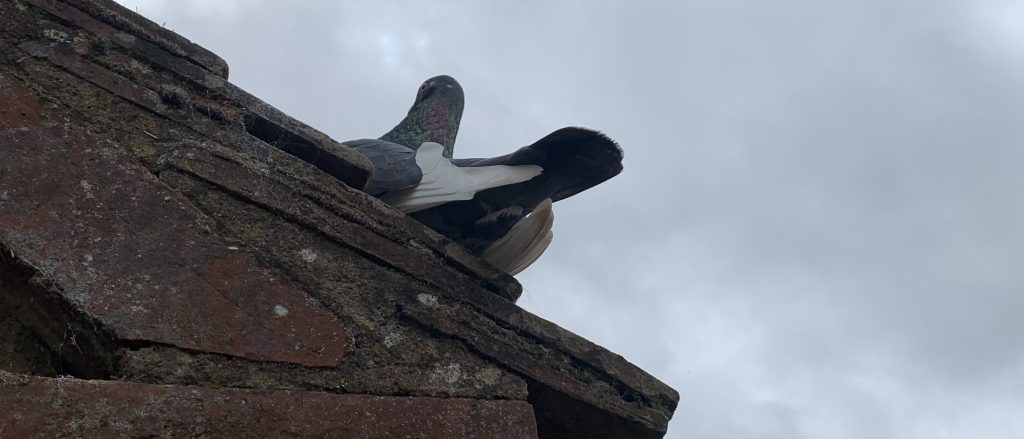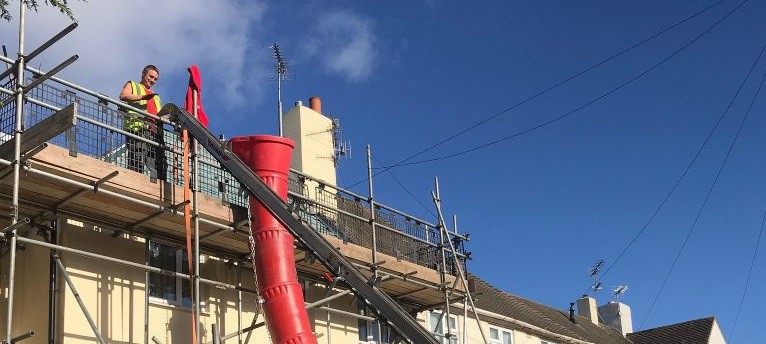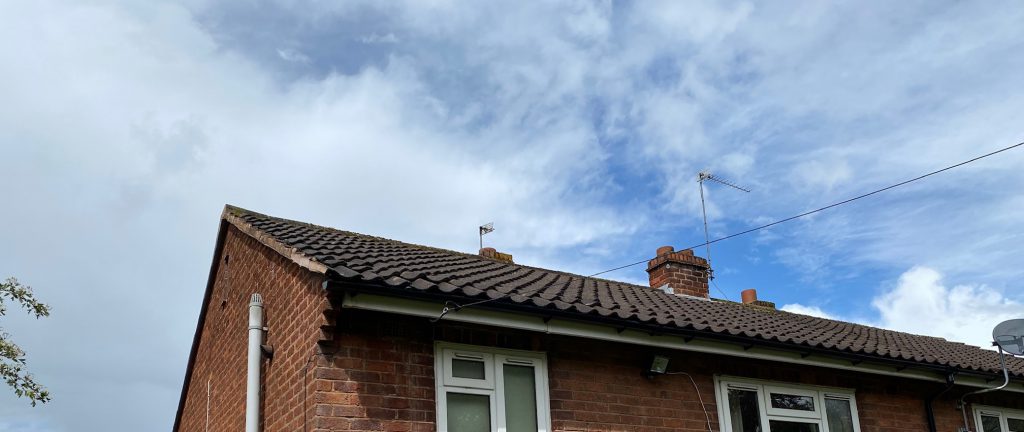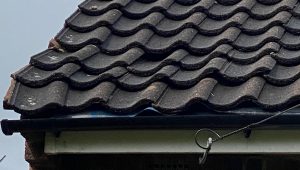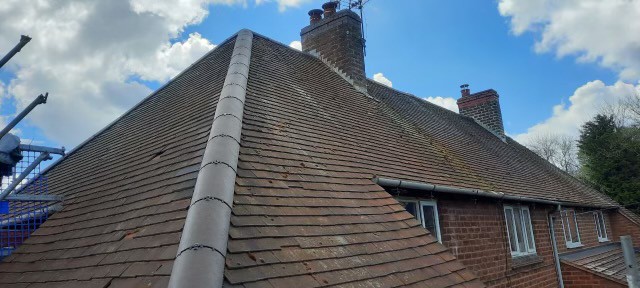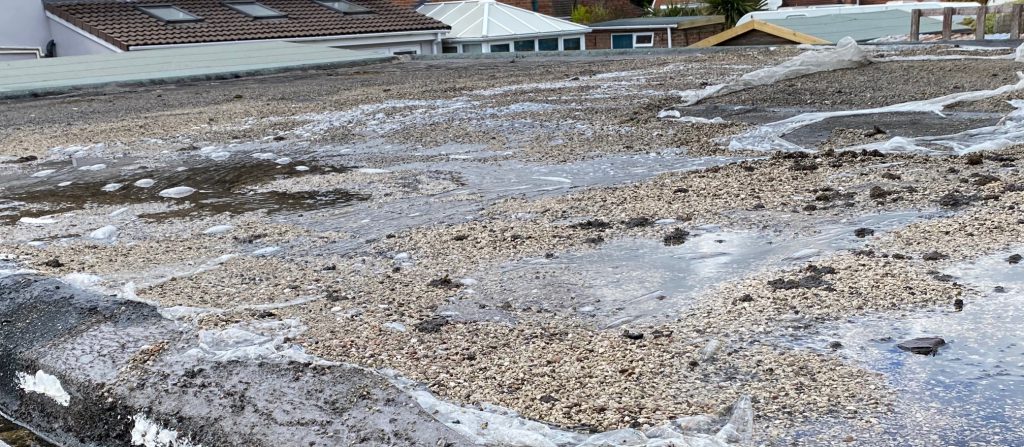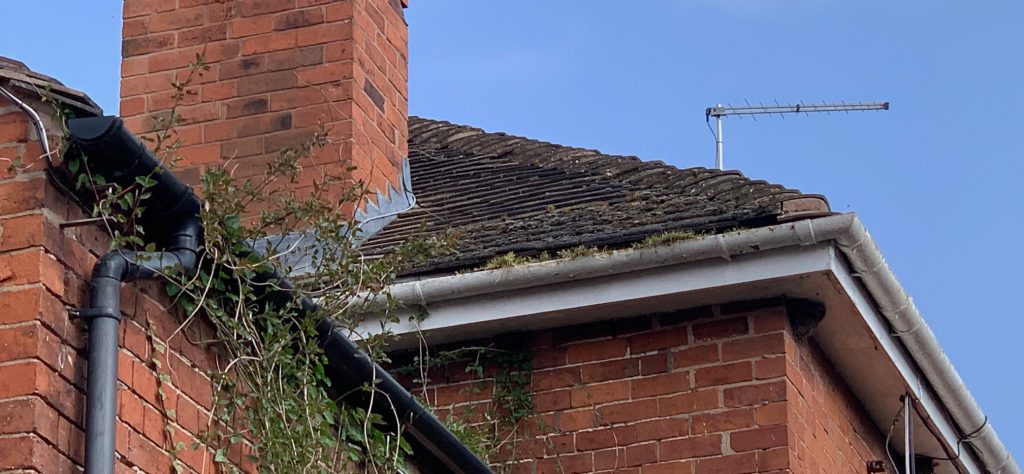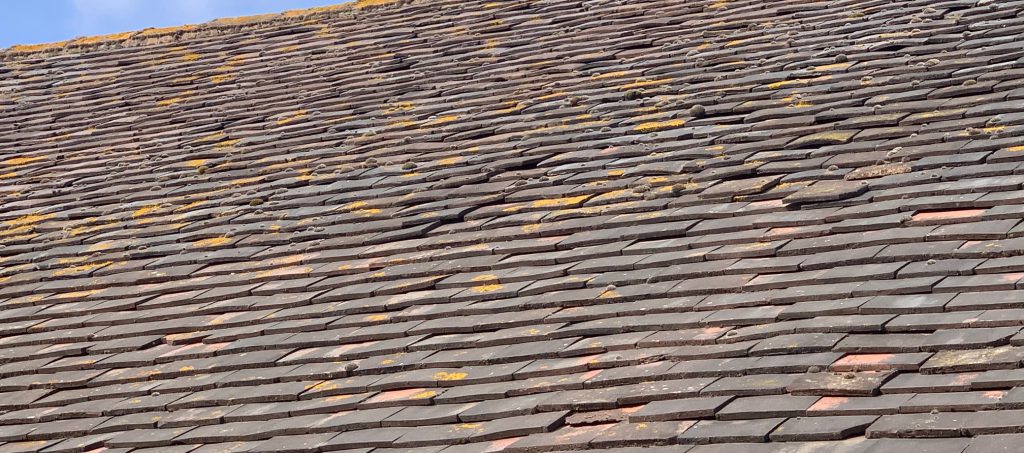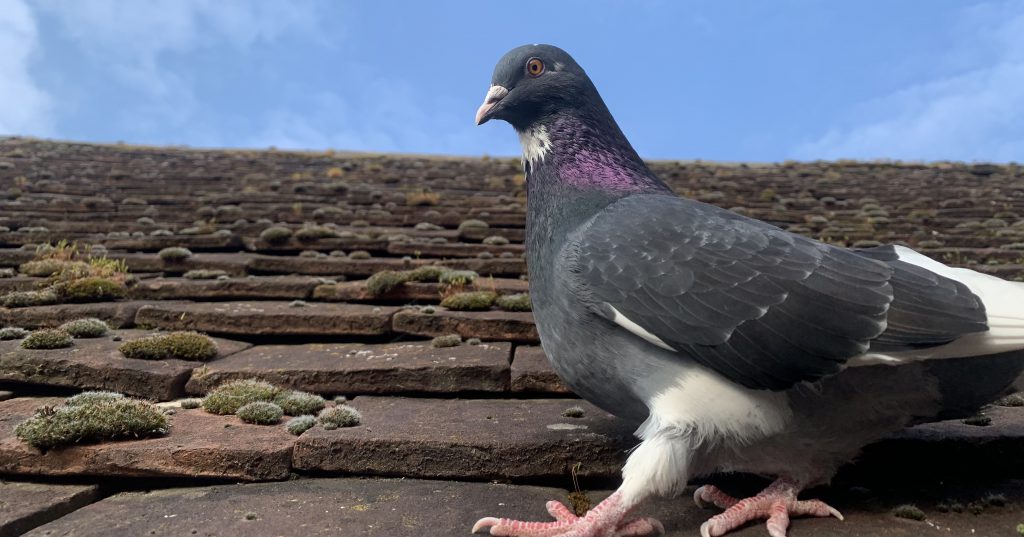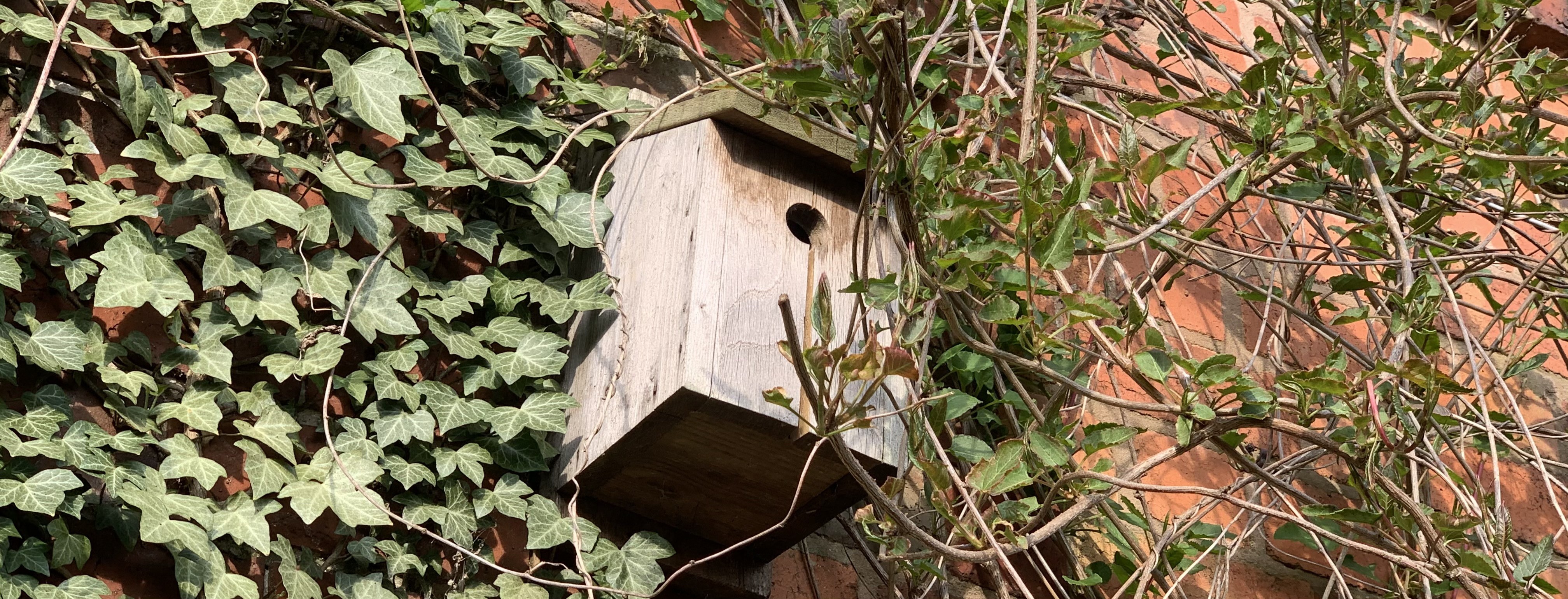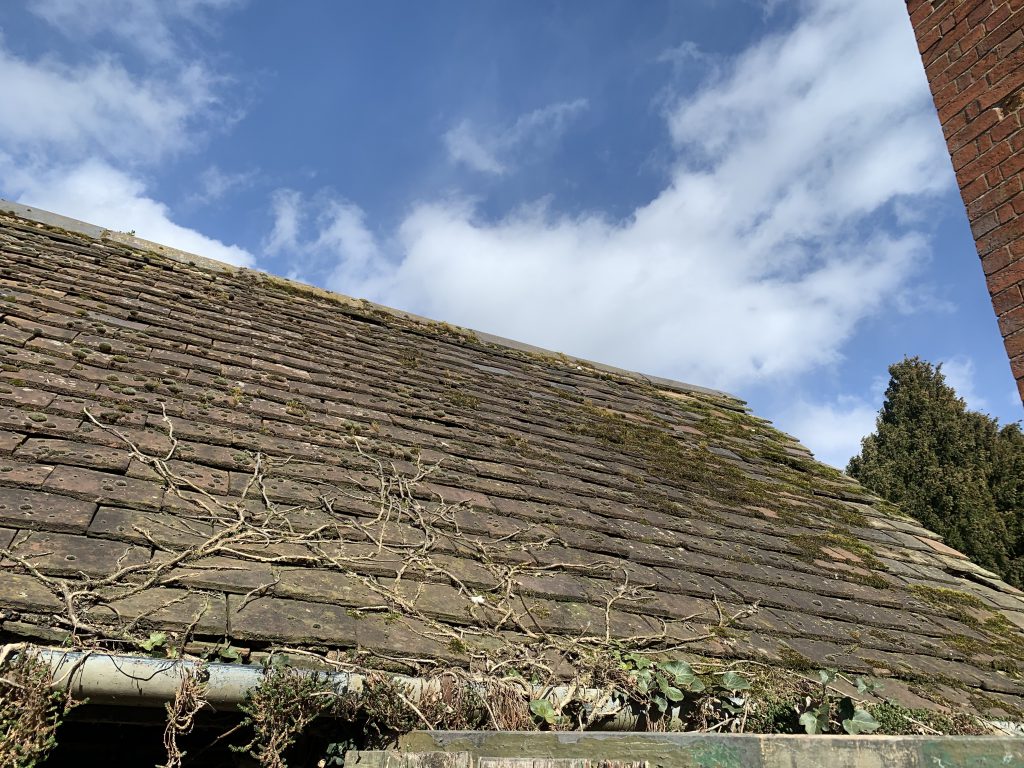Just like a clean car, it is impossible to prevent birds from pooing on a rooftop, and simply something we all need to expect. What might be surprising is that bird poo can be quite damaging to roofing materials if left untreated.
This blog aims to explore just how damaging bird poo can be to a roof, as well as ways to prevent and remove bird poo from a roof in the future.
How does bird poo damage a roof?
There are two ways bird poo can damage your roof, through direct contact as well as blocked gutters.
Direct material damage – Bird poo can damage a roof by attacking the surface of materials such as the tiles with direct contact through Ulric Acid. As all birds do not urinate, all bird droppings contain uric acid which is a biproduct as their bodies try and remove any nitrogenous waste from their body. This means their poo appears as am acidic white liquid, which if left alone can begin to erode most surfaces such as concrete, paint, and even roofing materials such as tiles, slates, and plastics.
Blocked gutters and drainage issues – Not only can bird poo directly damage materials, however secondary waste such as seeds which have passed through the bird into their poo can be left in gutters and begin to grow, causing gutters to become blocked with self-seeding vegetation. Bird waste can also build up and re-route roof drainage causing leaks.
How can bird droppings on a roof be prevented?
Trim overhanging trees – If there are any overhanging trees on over a rooftop, it is likely birds will be sitting in the branches and their dropping are landing on the roof. If this is the case, the best thing to do is to get a professional tree surgeon to cut back any overhanging branches to prevent birds sitting above a rooftop
Put up bird deterrents – Most birds will learn to avoid the area when they hear the sounds of other birds they want to avoid.
Put up bird houses – If you find that birds are nesting in a roof which is causing a build up of bird waste on a roof, the best thing to do is to put alternative homes around the outside of the property to encourage the birds to nest elsewhere next year.
How can bird waste be removed from a roof?
Wash with a hose – Bird waste can be removed from a roof using a powerful garden hose. Never use a pressure washer to remove the waste as these can damage the tiles more so than the bird droppings them self.
Send in the professionals! – Its important that anybody who has concerns about excess bird waste on their roof has a professional roofer survey the area to assess the damage caused, as well as clear any gutters that may be blocked and causing the drainage to re-route.
Here at Bromsgrove Roofing Supplies ltd, we can provide a free no obligation quotation for all roofing materials and tools for an experienced roofer. Contact us today to see how we can help you, whether you are looking to do a simple gutter clean or a complete re-roof.
Tel: 01527 864944
Email: bromsgrove@kidderminsterroofing.com
Or drop us a message on Facebook!

